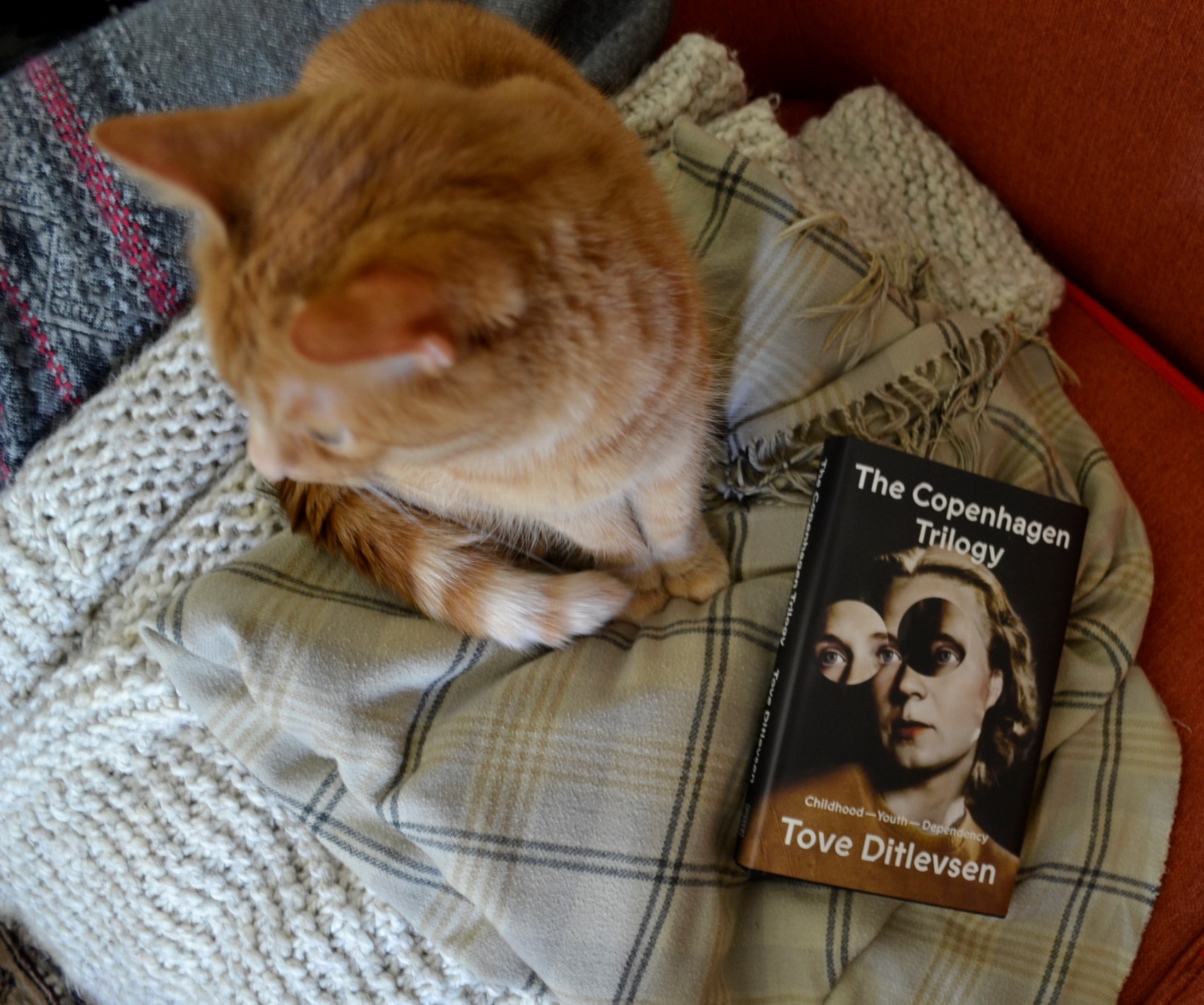An Explosion of Blue Jays
Every May, something very amazing and inexplicable happens – there’s suddenly an explosion of blue jays on our veranda. I don’t know much about birds, other than what I’ve learned in the briefest of research and Google searches, but I do know that it’s amazing to see eight, twelve, or (one particular year) twenty-five blue jays all trying to get at whatever peanuts they can find in the wild bird seed mix I put in the feeder.
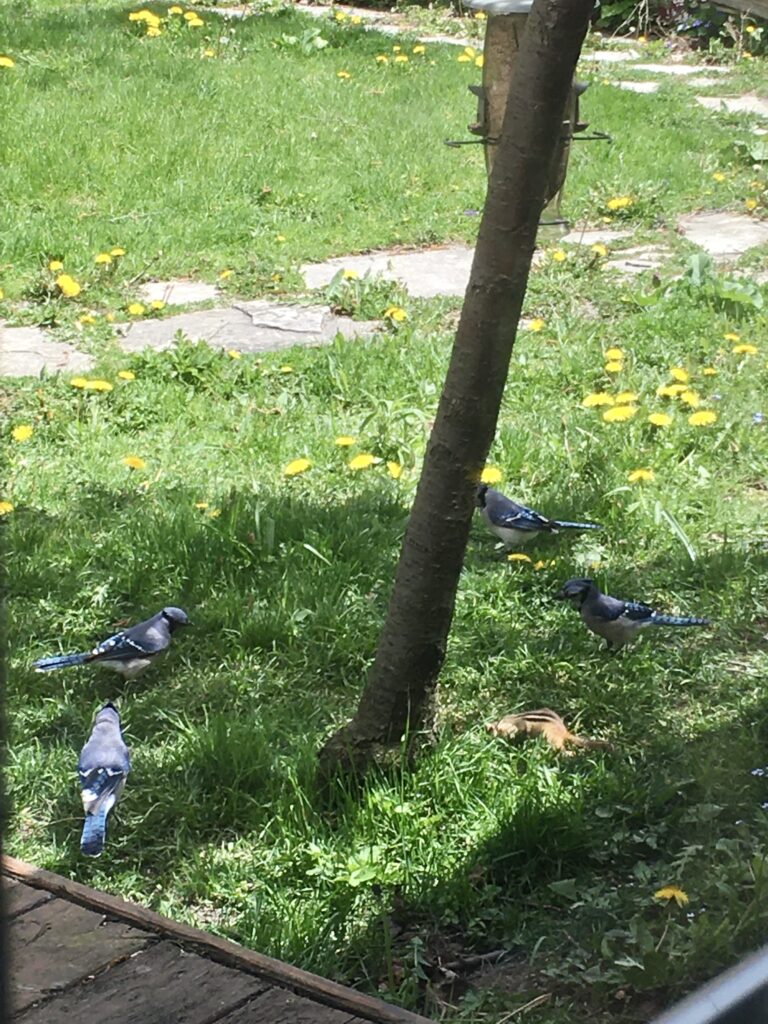
The verdant greens of springtime in the country are interrupted by the rich blue of so many sets of feathers in flight. All of the cats gather by the French doors, excited and chirping to their bird friends, the pupils in their eyes wide and full of wonder. I feel pretty full of wonder too as I look outside and think about how I would have never had a chance to see something like this in the city.
This morning was the May morning for this year, and not only that but the blue jays had company. There were wild rabbits and a chipmunk and a young cardinal and doves and the ducks in the next yard. It was an explosion of not just blue jays, but also of backyard wildlife, and it was amazing. So amazing that I actually didn’t even think about reaching for a camera.
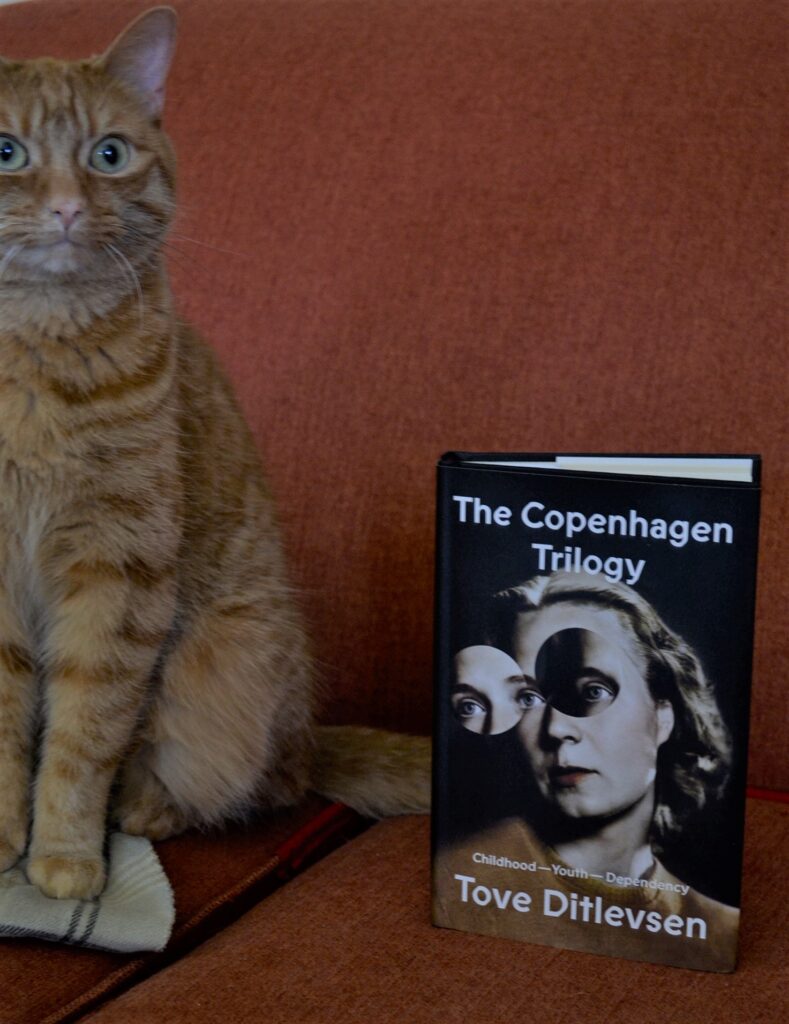
Poetry in Prose
Tove Ditlevsen’s The Copenhagan Trilogy (Barndom, Ungdom, Gift) is about the author’s journey from childhood to young adulthood in Denmark from the 1920s through the second world war and into the post-war era. Ditlevsen was a poet as well as a novelist and she brings that poetry into her prose. Chapters, paragraphs, sentences, and words flow into each other, but at the same time there are images and concepts that stand out and become touchstones for the work as a whole. Several excerpts of Ditlevsen’s poetry also are inserted into the book, providing her perspective on it and explaining it in the greater context of her life.
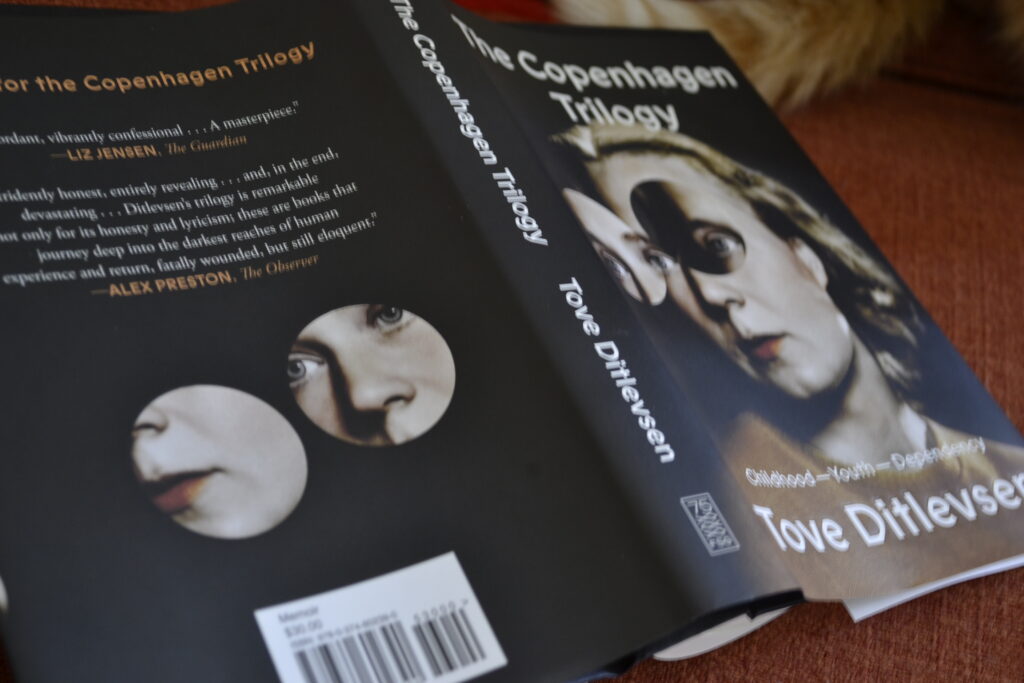
Because Ditlevsen’s life and her experience of it is what forms her poetry, she describes it as a lifeline that she needs to both interpret her existence and serve as a place of comfort where she can retreat from it.
Ditlevsen also has a bluntness that refuses to be ignored, created by her concise and descriptive style. You get the feeling as a reader that no word is out of place and every single one of them is essential. That, if you removed one, the work as a whole wouldn’t be the same.
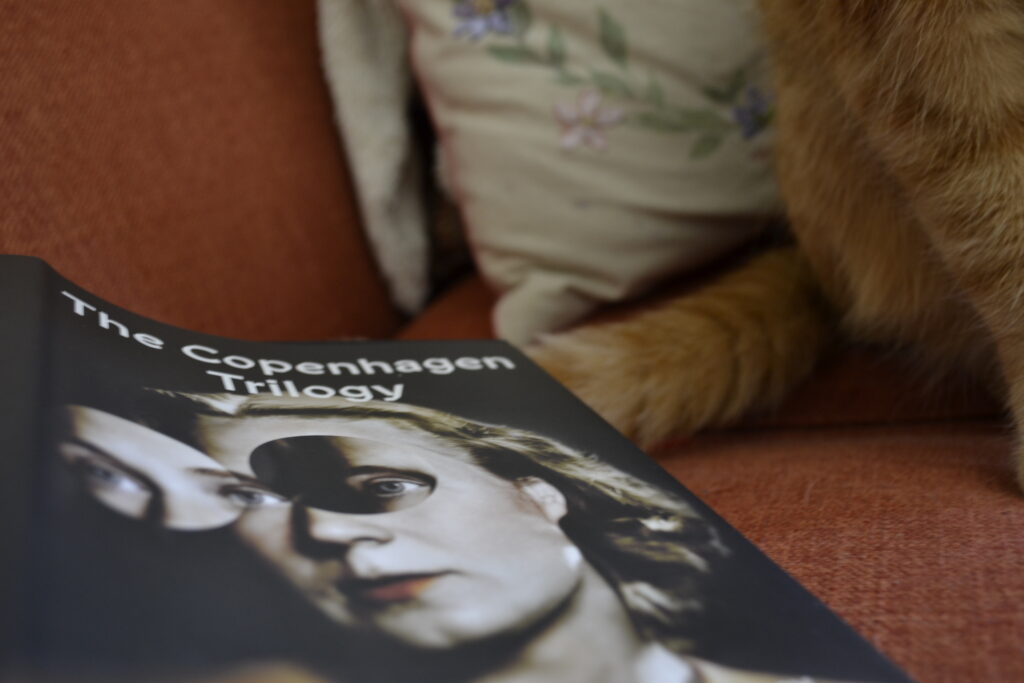
The Fragility of Childhood and Trial of Youth
One of the images that I found the most significant is the one that Ditlevsen builds to describe childhood. She described childhood almost as a fragile garment that one wears that is thin and fragile and in danger of wearing out. She compares her experience as a sensitive, neglected, very poor child to that of Ruth, a childhood friend that is wealthier and more sheltered, and sees that her childhood is somehow lesser than Ruth’s.
“Time passed and my childhood grew thin and flat, paperlike. It was tired and threadbare, and in low moments it didn’t look like it would last until I was grown up […] Full of envy, I stared at Ruth’s childhood, which was firm and smooth and without a single crack. It looked as if it would outlive her, so that someone else might inherit it and wear it out.”
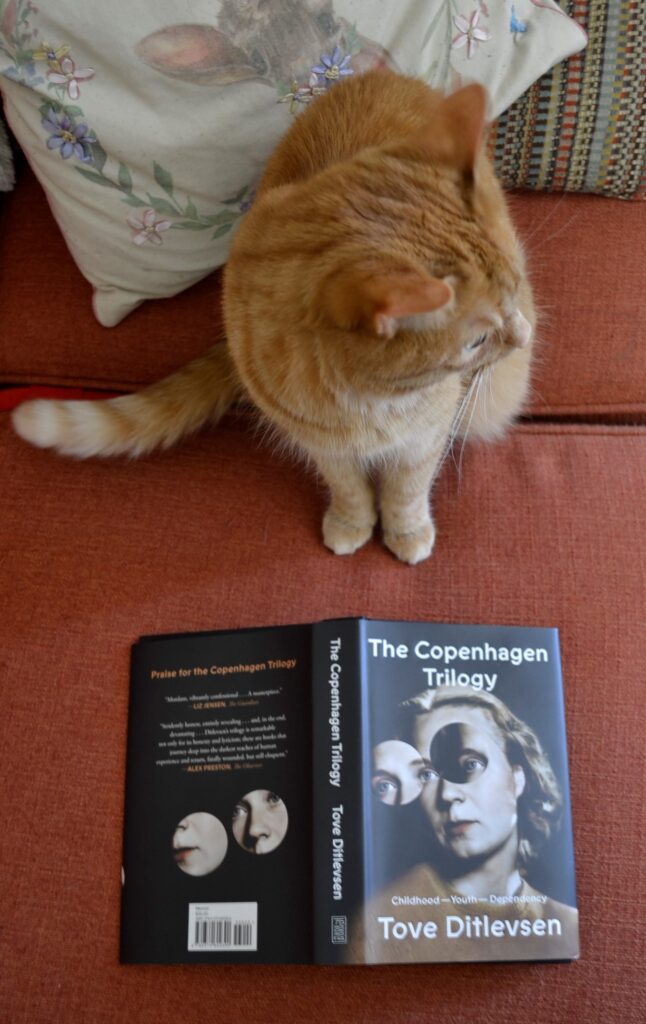
Though Ruth seems to know more about the adult world, her childhood has more of a protective quality to it. She doesn’t see poverty or ugliness or the realities of existence. Ruth feels like everything will work out for her. Ditlevsen feels out of place and like nothing will work out for her at all.
Ditlevsen goes on to describe youth as a period that every person has to fight through — like a painful event that is meant to be struggled through on the way to adulthood rather than anything to be savoured or enjoyed. Unlike a lot of memoirs that are fraught with nostalgia for halcyon days of youth and beauty, Childhood (Barndom) and Youth (Ungdom) both show these periods as darker, more vulnerable times full of painful disillusionment and experiences.
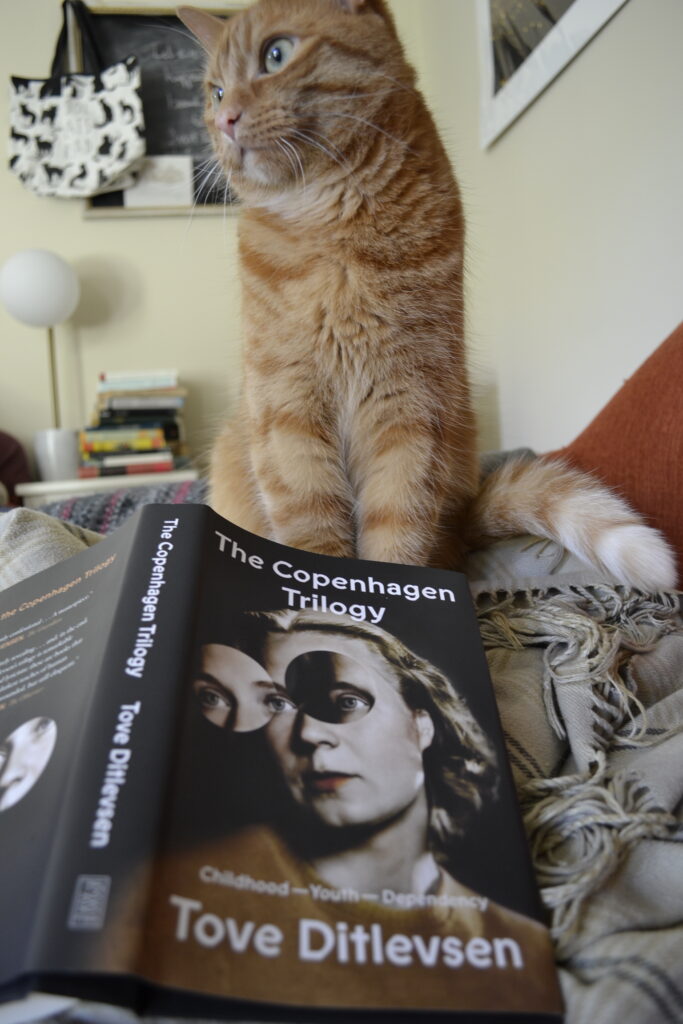
Mothers and Daughters
One of the anchoring themes of The Copenhagen Trilogy is motherhood and Ditlevsen’s relationship with her mother who she struggles to understand. Ditlevsen’s mother is a cold, unaffectionate woman that is profoundly unhappy and that unhappiness is apparent to her children. When she is a child, Ditlevsen ultimately wishes to make her mother happy and proud of her, but as she grows up, she begins to distance herself from her and then eventually becomes strikingly similar to her. She becomes lost in unhappiness and drug addiction, alienated from her own children who she doesn’t understand, get to know, or take an interest in.
She grows into a woman that is obsessed with writing and her own happiness at the cost of everyone around her. Ditlevsen is a very honest autobiographer and doesn’t excuse or defend her actions. That doesn’t make them less difficult to read. Also, I should warn that Dependency (Gift) is quite graphic in terms of drug use and should be avoided if the reader doesn’t wish to read that content.
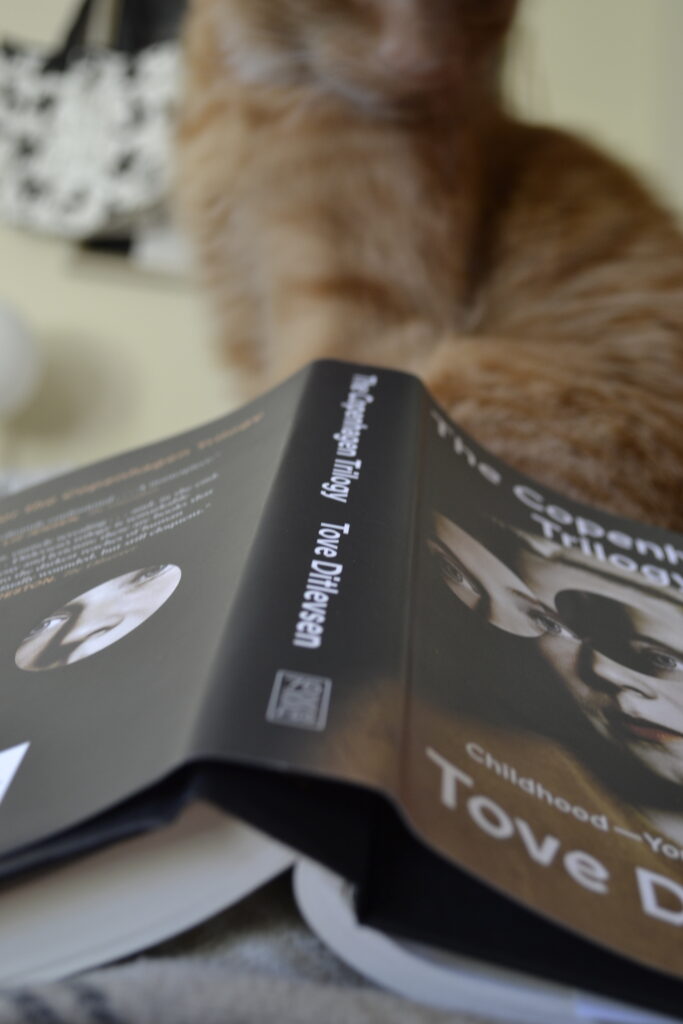
It’s Amazing How Much Birdseed Disappears
One thing about having so many blue jay guests? The birdseed magically disappears at an alarming speed. My lovely spouse always makes sure to buy one of the bigger bags, but sometimes even those bigger bags don’t last much more than a couple of weeks. Less time if the squirrels do their little bird feeder legerdemain and empty the entire contents at the foot of our plum tree.
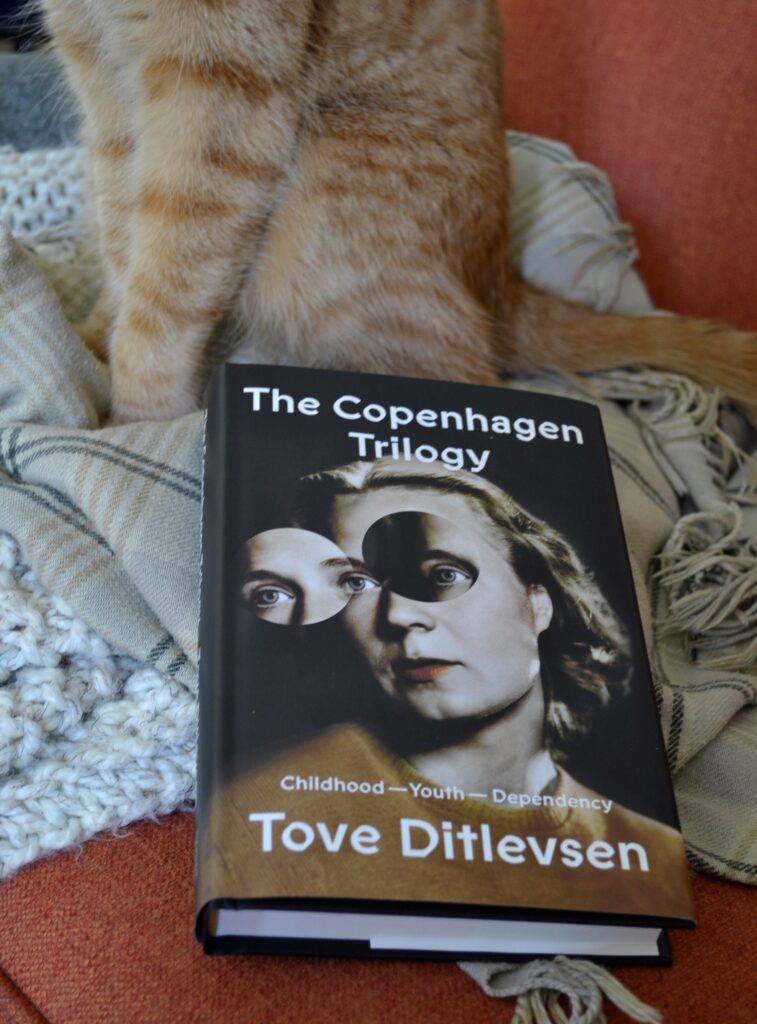
Since summer is just around the corner, I’ve decided to review a few books that revolve around travelling or road trips. Next week I’ll be starting a road trip through time — starting with Hunter S. Thompson’s Fear and Loathing in Las Vegas.
